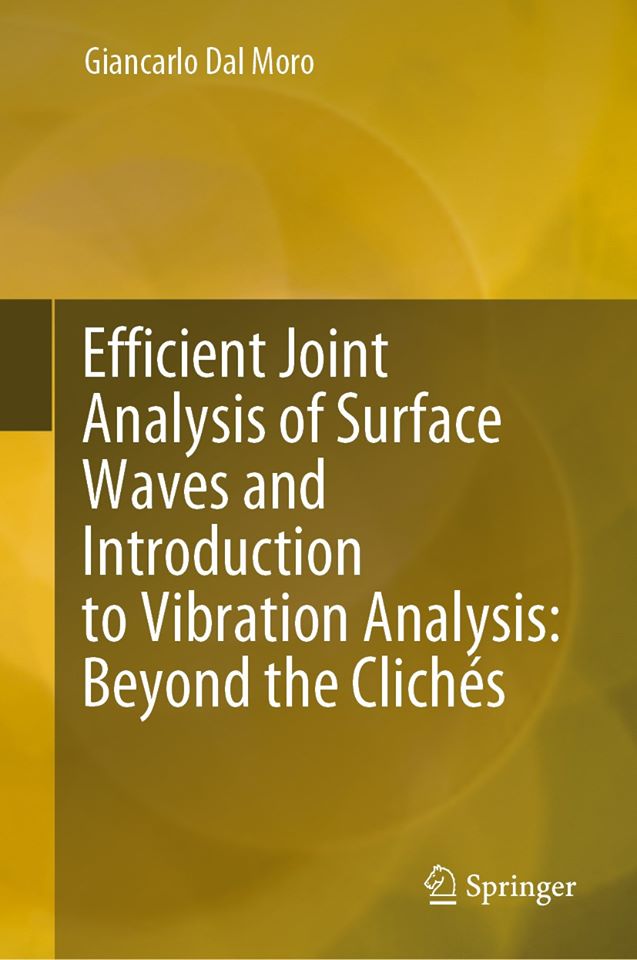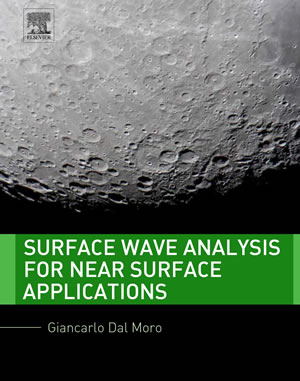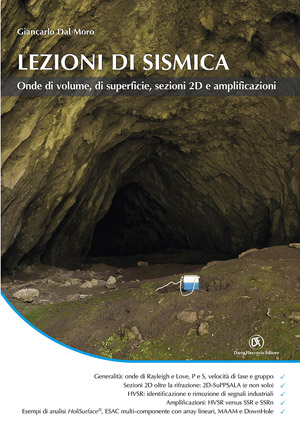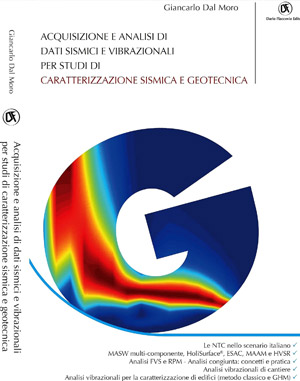winMASW® Academy (winMASW®)
It is the most complete version which implements a number of highly-innovative solutions and allows the precise reconstruction of the subsurface model through a number of possible approaches (see our books: "Surface Wave Analysis for Near Surface Applications" and "Efficient Joint Analysis of Surface Waves and Introduction to Vibration Analysis: Beyond the Clichés")
Main tools:
- MASW (Multichannel Analysis of Surface Waves) analyses considering both Rayleigh and Love waves (and their joint inversion)
- analysis of Rayleigh-wave attenuation to determine QS quality factors
- ESAC analyses (bidimensional arrays)
- ReMi (Refraction Microtremors) analyses (passive seismics)
- Group-velocity Analyses (Multiple Filter Analysis) for group-velocity determination (both for Rayleigh and Love waves)
- joint analysis of phase & group velocities
- computation and modeling of HVSR (Horizontal-to-Vertical Spectral Ratio) to estimate the resonance frequency
- Vs30 calculation
- Low- and High-pass filters
- Spectral analyses: computation of amplitude and phase spectra and spectrograms (frequency content over time)
- 1D modeling of refractions/reflections (also considering low-velocity layers)
- tool to combine two shots and simulate a dataset with a double number of channels (or three times, etc.)
- elastic moduli calculation tool
- synthetic seismograms (modal summation) both for Rayleigh and Love waves
- Full Velocity Spectra (FVS) inversion: no need for dispersion-curve picking but longer computational times
- tool for the vertical stack
- tool for creating 2D sections adding the results from several models in line
- tool for putting in evidence specific (even “hidden”) modes
- tool for combining several traces acquired by a single 3-component geophone (using different offsets) and obtaining datasets useful for MASW analysis considering both Rayleigh (radial and vertical component) and Love waves
From release 7.0:
- computation of the apparent (or effective) dispersion curves (recommended for passive datasets such as ESAC)
- tool TCEMCD (Three - Component Extraction from Multi - Channel Data) for efficient passive joint ESAC + HVSR acquisitions: connect your vertical geophones and our HOLI3C (3-component geophone) to your seismic cable and with this tool you will then be able to extract the data for the joint analysis of dispersion (via ESAC) and HVSR
From release 7.2:
- RPM (Rayleigh-wave Particle Motion) frequency-offset surface analysis and joint inversion with the velocity spectra (see "Analysis of Rayleigh-Wave Particle Motion from Active Seismics" - Dal Moro et al., 2017)
- new utility for the comparison of active data (e.g. for time lapse studies)
- highly improved the utility for creating 2D section (from single 1D Vs profiles)
- highly improved the Full Velocity Spectrum/a (FVS) performances in terms of computational load and precision of the solution
- implementation of apparent/effective dispersion curves for both Rayleigh (radial and vertical components) and Love waves. Use them for passive data only (ESAC method).
- HVSR panel: several new features and various improvements for smoothing, analyzing the directivity, properly identifying possible industrial signals, visualization of the field notes and a tool for transforming your microtremor data into audio files
- HVSR modelling considering both Rayleigh and Love waves also considering attenuation and the alfa factor (Arai & Tokimatsu, 2004) - see Surface Wave Analysis for Near Surface Applications, Dal Moro, Elsevier)
- implementation of the joint inversion of HVSR and dispersion (according to FVS or apparent dispersion curve) [in any case we recommend the forward modelling]
From release 7.3:
- HVSR panel:
1) you can now read/upload seg2 data (without having to transform them as SAF file) (this is extremely useful especially for those who are recording the microtremor data with a 3C geophone connected to the seismograph). You can then define the correct sequence of the channels/components and units
2) new tools for the automatic removal of transient events (in the time domain) e and outlier HVSR curves (in the frequency domain)
3) you can now input/write your comments to the data/analyses (and they will be reported in the final report)
4) computing of the coherence function for all the possible couples (NS-EW, UD-NS, UD-EW): quite useful especially to better highlight industrial components/peaks
5) you can choose different scales (log-linear etc)
6) in case you are using one of our HOLI3C geophones you can equalize the traces and obtain the real amplitudes also for the very-low frequencies
From release ACD-2018:
- Site Response (Response Spectra) tool
- VsE (Vs equivalent) computation
- pure synthetics (synthetic seismograms) tool
From release ACD-2019:
- not equally-spaced MASW analyses
- back scattering analysis
- improvements in HVSR and Site Response tools
From release ACD-2023:
- PS-MuCAA (Passive Seismic – MUlti Component Amplitude Analysis): multi-component analysis of passive data for a robust Vs profile and the identification of possible lateral variations
- 2D-SuPPSALA (SUbsurface Profiling via Passive Surface wave data Analysis from Linear Array): a powerful tool for the 2D profiling from multi-component passive data
- ReMi analyses (passive seismics – linear arrays) also for non-equally spaced datasets
- tool for visualizing and handle Rayfract® results [.GRD files]
- smart and full management of GPS information from field photos (from smartphones, GoPro and Drones)
- HVSR panel: automatic identification and removal of industrial components/signals; batch (automatic) processing of a several microtremor (HVSR) data; you can read/upload seg2 data (without having to transform them as SAF file); new tools for the automatic removal of transient events (in the time domain) and outlier HVSR curves (in the frequency domain)
- several improvements in the Site Response (Response Spectra) tool
- simplified version of the HoliSurface® method: the panel for joint analysis of phase & group velocities allows the joint modeling of phase velocity + group velocity + HVSR + P or SH refraction (depending on the loaded component)
For further details, please have a look at the updated winMASW® manual available HERE
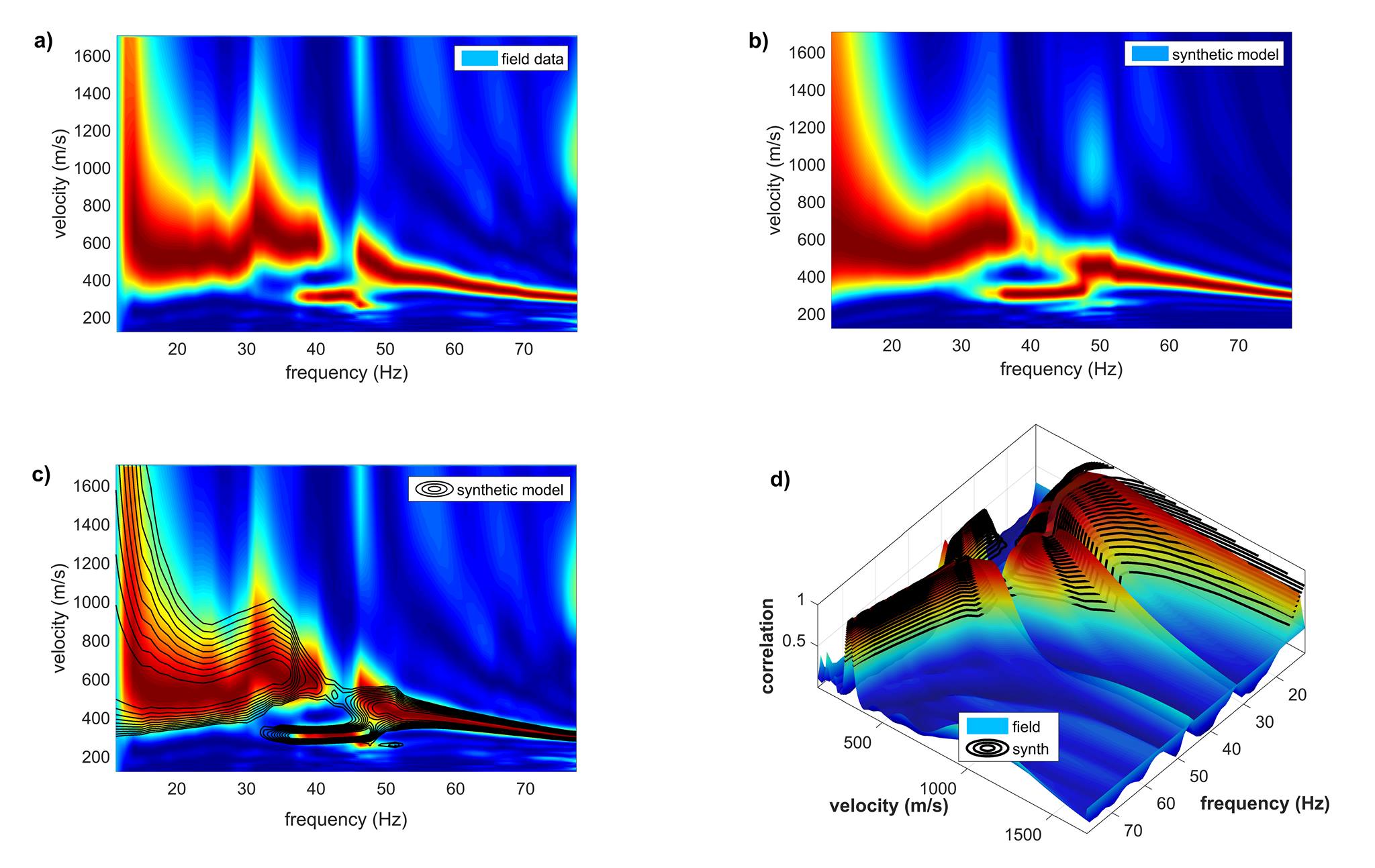
FVS (Full Velocity Spectrum) analysis


